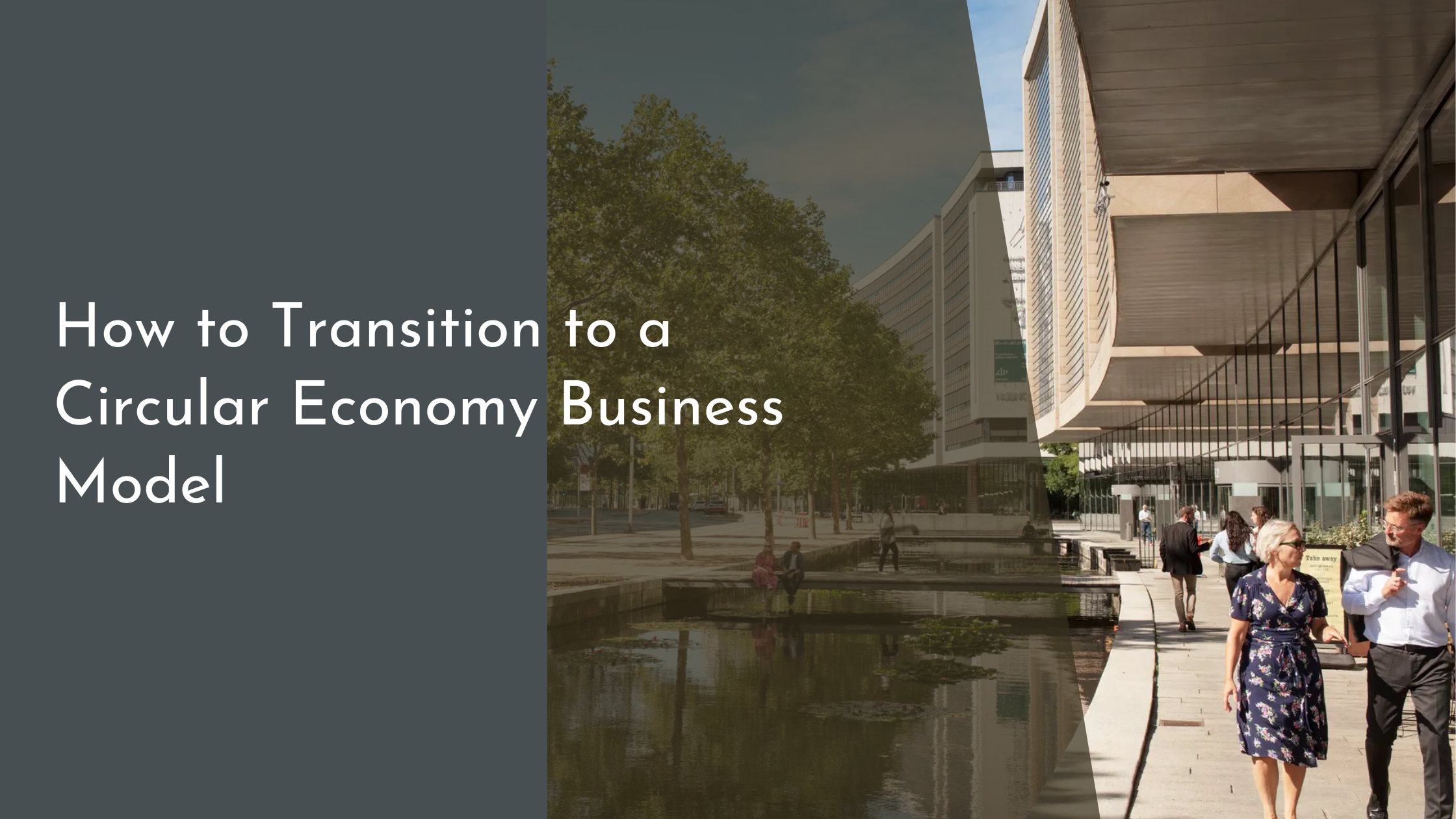How to Transition to a Circular Economy Business Model
Transitioning to a circular economy business model is becoming increasingly crucial in today’s environmentally conscious world. Businesses are recognizing the need to minimize waste and promote sustainability by rethinking how they design, produce, and consume products. This shift not only helps in conserving natural resources but also opens up new avenues for innovation and profitability. In this article, we’ll explore how businesses can successfully transition to a circular economy model, offering a roadmap for sustainable success.
Understanding the Circular Economy Concept
A circular economy is a systemic approach to economic development designed to benefit businesses, society, and the environment. Unlike the traditional linear model of ‘take, make, dispose’, the circular economy aims to close the loop by keeping products, materials, and resources in use for as long as possible. This means designing products for durability, reuse, remanufacturing, and recycling to create a more sustainable cycle. By adopting a circular approach, businesses can reduce their environmental footprint, enhance resource efficiency, and foster innovation.
The shift towards a circular economy involves reimagining existing systems and structures. It requires businesses to rethink their value chains and redesign products and services to minimize waste and promote resource efficiency. Key elements include using renewable energy sources, designing products for longevity, and creating systems that enable product life extension through repair, reuse, and recycling. Understanding these core principles is the first step for any business looking to transition effectively to a circular economy model.
Assessing Your Current Business Model
Before transitioning to a circular economy, it’s essential to assess your current business model critically. This involves examining your operations, supply chain, product design, and end-of-life processes to identify areas where waste is generated and resources are used inefficiently. Conducting a thorough evaluation will help you understand which parts of your business can be adapted or re-engineered to fit within a circular framework.
Engaging stakeholders from various departments during this assessment phase can provide diverse perspectives and insights into potential areas for improvement. Consider conducting life cycle assessments (LCAs) to get a comprehensive understanding of the environmental impact of your products. By mapping out your current processes and identifying key areas for transformation, you can develop a clear strategy for transitioning to a circular economy model that aligns with your business goals and values.
Implementing Circular Strategies Effectively
To implement circular strategies effectively, businesses need to focus on innovation and collaboration. Start by redesigning products to enhance their durability, reparability, and recyclability. This might involve selecting sustainable materials or creating modular designs that allow for easy component replacement. Furthermore, consider establishing take-back schemes or partnerships with recycling companies to ensure products can be efficiently recovered and reused at the end of their life.
Collaboration is crucial for a successful transition. Engage with supply chain partners, industry peers, and customers to develop a shared vision for a circular economy. By working together, you can create closed-loop systems that benefit all parties involved. Invest in technology and systems that support circular initiatives, such as digital platforms that facilitate product tracking or sharing economy models that maximize asset utilization. Through strategic implementation, businesses can create value in new, sustainable ways while reducing their environmental impact.
Measuring Success and Making Improvements
Once circular strategies are in place, measuring their success is vital to ensure continuous improvement. Establish key performance indicators (KPIs) that align with your circular economy goals, such as waste reduction rates, resource efficiency metrics, and customer engagement levels in circular initiatives. Regularly monitor these indicators to track progress and identify areas that require further refinement.
Feedback loops play a crucial role in ongoing improvement. Gather insights from customers, employees, and partners to understand their experiences with your circular practices. Use this feedback to refine processes, improve product design, and enhance customer interactions. By fostering a culture of continuous learning and adaptation, businesses can not only sustain their circular economy initiatives but also drive innovation and growth over time.
Transitioning to a circular economy business model is not just about sustainability—it’s about creating a resilient and innovative business that can thrive in a changing world. By understanding the principles of the circular economy, assessing current practices, implementing effective strategies, and continually measuring success, businesses can forge a path toward a more sustainable future. Embracing this model not only benefits the planet but also opens up new opportunities for growth, efficiency, and customer engagement. As we move towards a more circular economy, businesses that adapt will be better positioned to lead and succeed in the long run.

